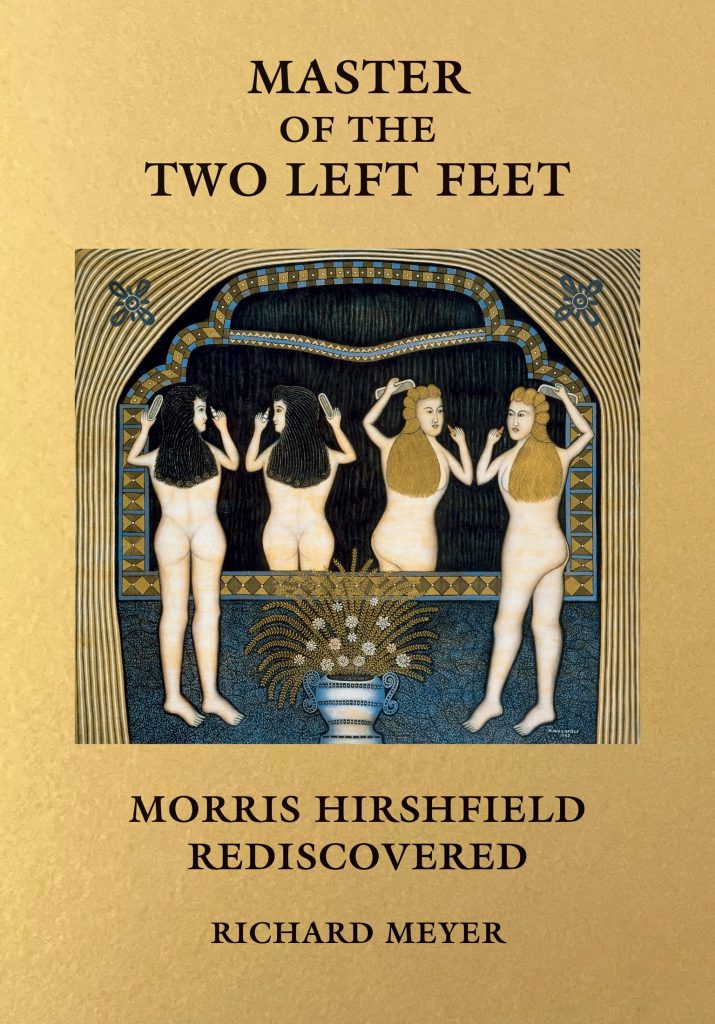Join Richard Meyer to discuss “Master of the Two Left Feet.”
AUTHOR TALK DETAILS
12/6/2022
FABULOSA BOOKS LLC DBA FABULOSA BOOKS
489 CASTRO ST
SAN FRANCISCO, CA 94114-2019
About the Author:
Richard Meyer is Robert and Ruth Halperin Professor in Art History at Stanford University. He is author of Outlaw Representation: Censorship and Homosexuality in Twentieth-Century American Art and What Was Contemporary Art? (MIT Press) as well as coeditor, with Catherine Lord, of Art and Queer Culture, and coauthor, with Peggy Phelan, of Contact Warhol: Photography without End.

About the Book:
An account of the life and work of a once-famous self-taught American artist of the 1940s, and a study of how artists go missing from public memory.
The exhibition “Morris Hirshfield Rediscovered” at the American Folk Art Museum in New York City, curated by the author and developed as an extension of the book, is on view from September 22, 2022 to January 27, 2023.
A garment worker and slipper manufacturer with no training in art, Morris Hirshfield was never expected to make history. Against all odds, his wildly stylized paintings of female figures, often nude, animals, and landscapes became internationally known in the 1940s. Admired by Pablo Picasso, Piet Mondrian, and the French surrealists, his peak moment of visibility occurred in 1943, when the Museum of Modern Art mounted a one-man show of his work. The exhibition was widely reviewed—though mostly reviled—by the press, who jeeringly crowned Hirshfield “Master of the Two Left Feet” for his tendency to display the female body in that unorthodox fashion.
After the artist’s death in 1946, his work was largely forgotten, but in Master of the Two Left Feet, art historian Richard Meyer rediscovers Hirshfield for twenty-first-century audiences, offering full-color reproductions that capture the vibrant imagination and sheer visual pleasure of Hirshfield’s paintings. The book also features a catalog of works compiled by curator Susan Davidson which provides the most comprehensive documentation of the artist’s work ever assembled.
Ten years in the making, Master of the Two Left Feet presents Hirshfield’s unlikely career as a painter not only as a missing episode in the history of twentieth-century art but as a case study of the ways in which artists go missing from historical knowledge and public memory. By looking closely at Hirshfield and his milieu in 1940s Brooklyn, Meyer demonstrates how much we have yet to learn, and to see, of the visual past.














